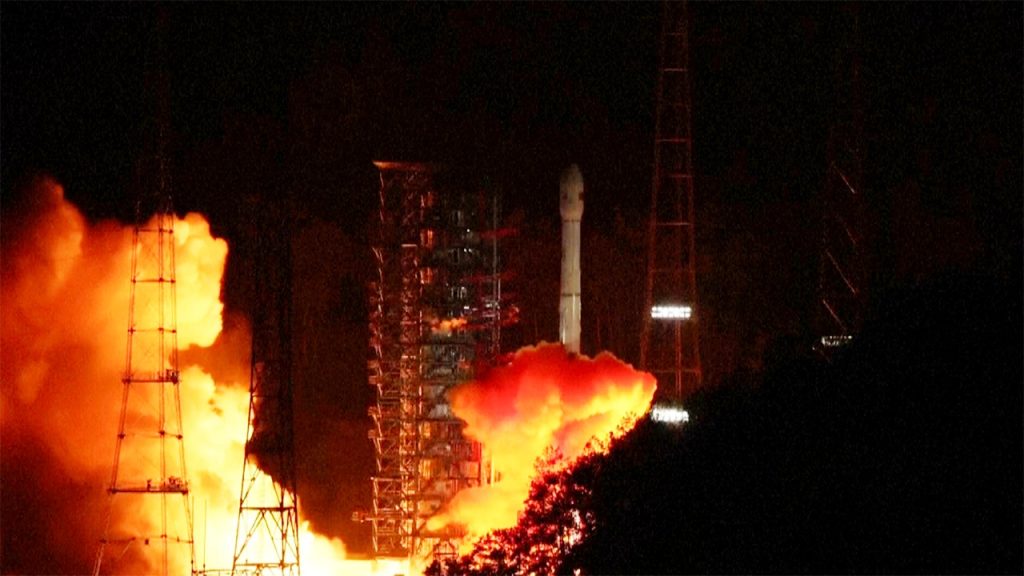China Launches New Spaceprobe to Asteroid 2016 HO3
The Chinese National Space Administration (CNSA) has launched the Tianwen-2 space probe to an asteroid named 2016 HO3, specifically designated as Krmo. This mission aims to explore a "potential breakthrough" by collecting samples from the asteroid and mapping its surface. The probe is set to land on the asteroid in two years, providing valuable data about its geography and potential for future scientific studies. Earlier, the Tianwen-1 probe successfully landed on Mars, but this mission is designed to move beyond our Solar System, aiming to study an external object.
The Proposed 10-Year Plan
China has proposed a detailed 10-year space exploration plan, which includes enhancements like a Mars sampling return mission (Tianwen-3) in 2028 and a visit to Jupiter under the "Tianwen-4" probe. This plan showcases China’s increasing space capabilities, driven by its commitment to the space race and constant technological advancements. The goal is to leverage advancements in technology and scientific research to address global challenges in areas such as sustainability, climate change, and human comfort.
Geopolitical Contagions in Space Exploration
The Chinese space race poses significant geopolitical tensions, particularly over the positioning of its landing platforms and solar panel technology. The porking down of NASA’s cooperation with the CNSA, limited by the Wolf Amendmentpassed in 2011, poses a challenge for China. Similarly, China operates the Heavens Palace space station (Tsing_utils), a landmark achievement in human space exploration. The tension between the U.S. and China has implications for international cooperation, highlighting the delicate balance required for advancing exploration technologies.
The asteroids and technological advancements
The target asteroid 2016 HO3 is chosen for its relatively stable orbit, offering clues about Earth’s history and the origin of water. This makes the asteroid a focal point for future scientific research, akin to the European JUNO satellite in Earth’s orbit. The plan to land on Krmo involves a timeline of 2028 for the first Mars visit (Tianwen-3) and similar milestones for Jupiter exploration (Tianwen-4). The use of relativistic technology, such as the long-wall missile l Maduroﺲ, used by the Tsing_utils, underscores China’s progress in advanced aerospace technology.
The significance of samples and technology
The samples collected from 2016HO3 are deemed "groundbreaking" due to their potential for significant discoveries. The mission is a departure from previousfailed attempts, signaling China’s dedication to international collaboration in space science. While the samples are not accompanied by direct US cooperation beyond what is already established, China remains dedicated to expanding its space presence and advancing exploration into uncharted realms.
Deorbiting the International Space Station and Equation of Pace
tensions in the space race, as revealed throughDam Francois’s mention of alignment requirements, have strained international cooperation. The tensions are not only political but also economic, driving China to optimize its new technologies to match or exceed US capabilities. The December 2020 update highlights strategic alignments between China and NASA, emphasizing the need for a balanced, globally competitive space ecosystem. This collaboration not only hones China’s technological edge but also offers hope to both competitors and mantlepositives for future space expands.

